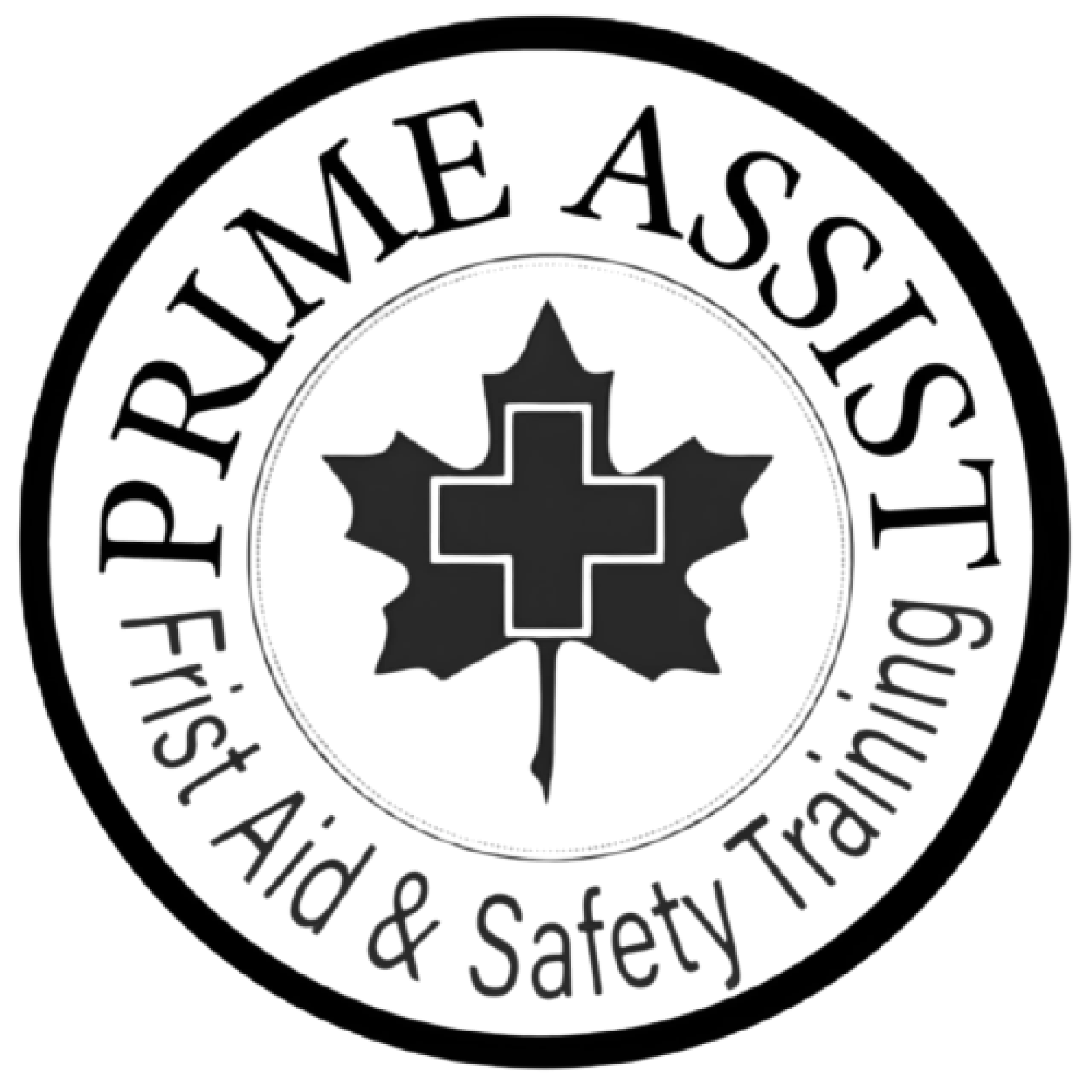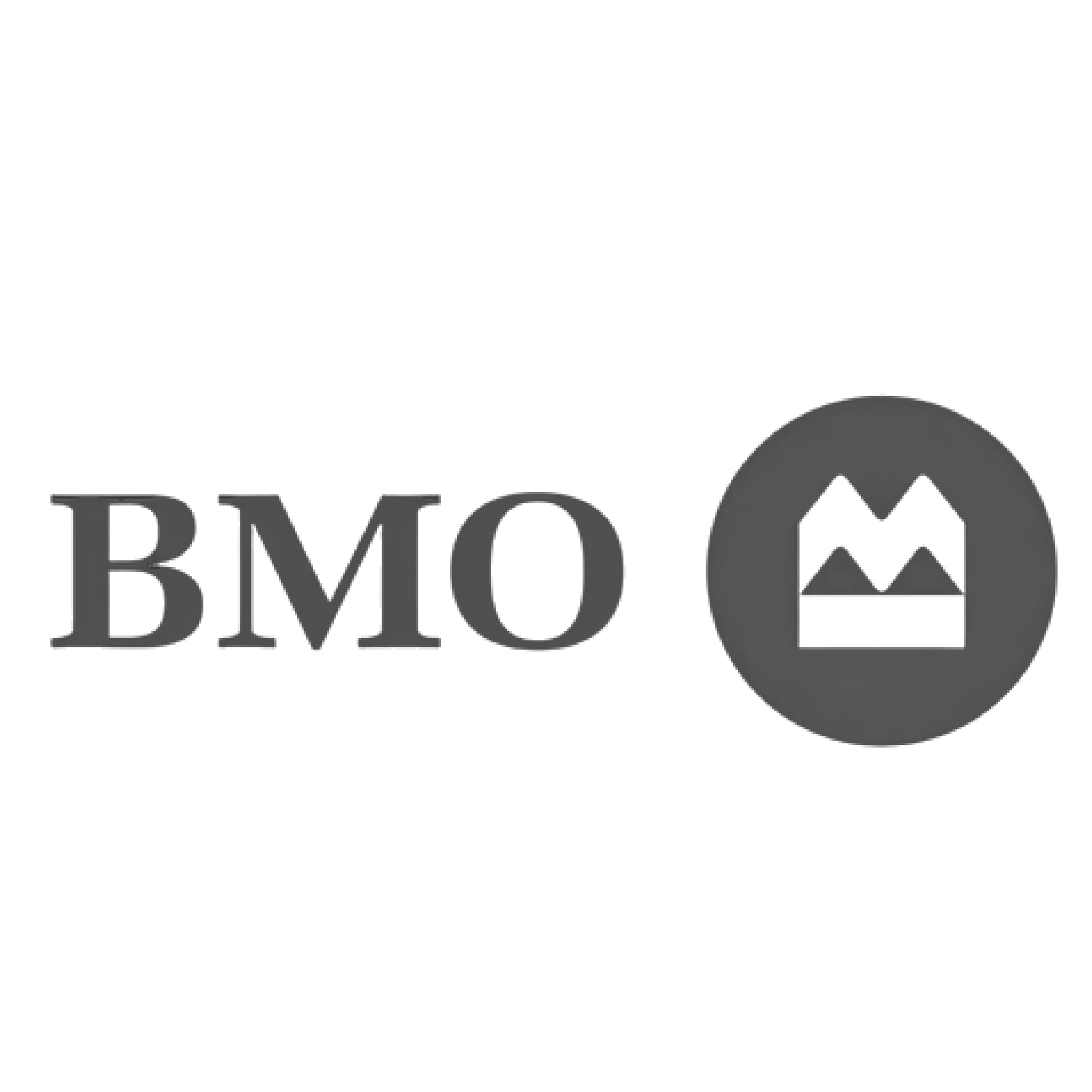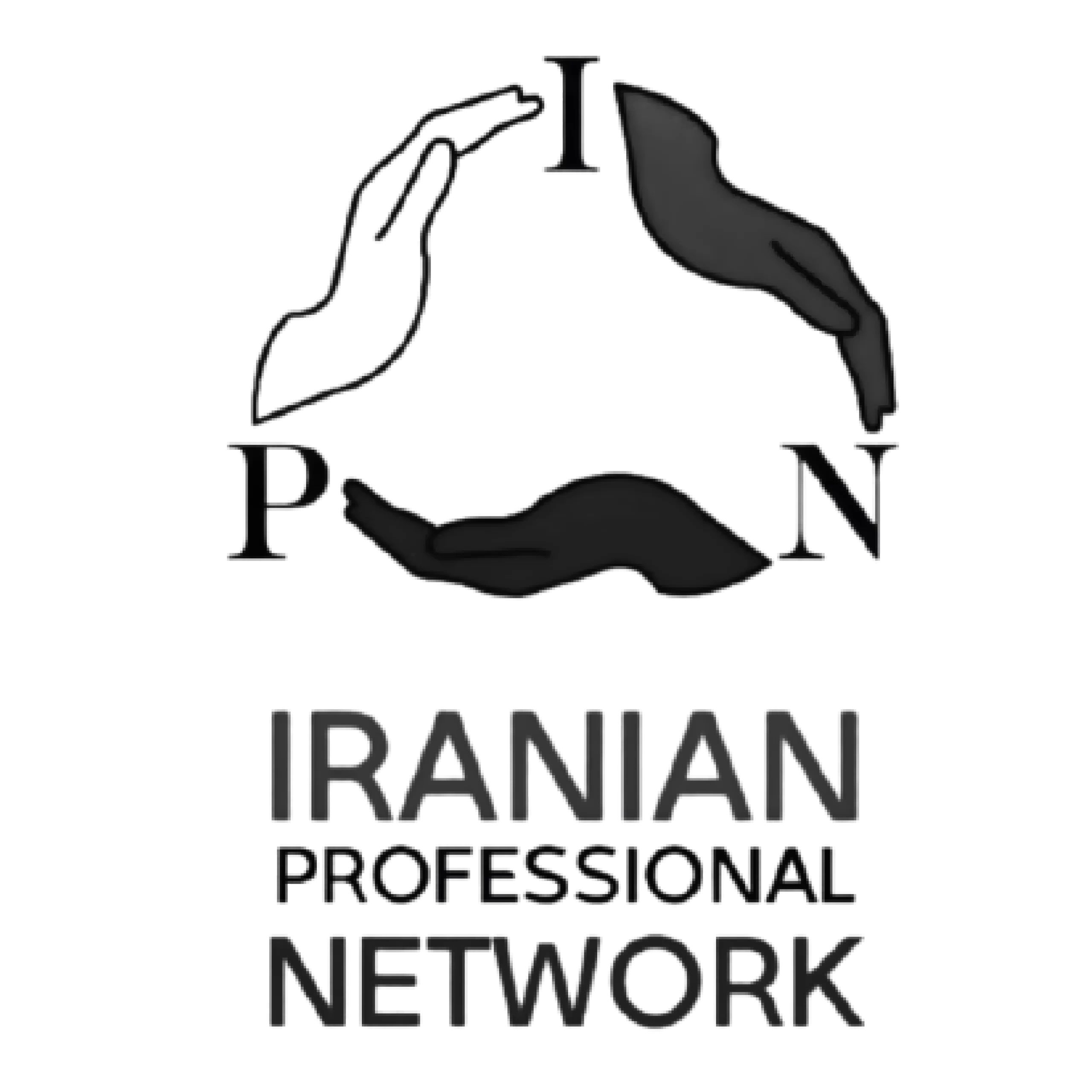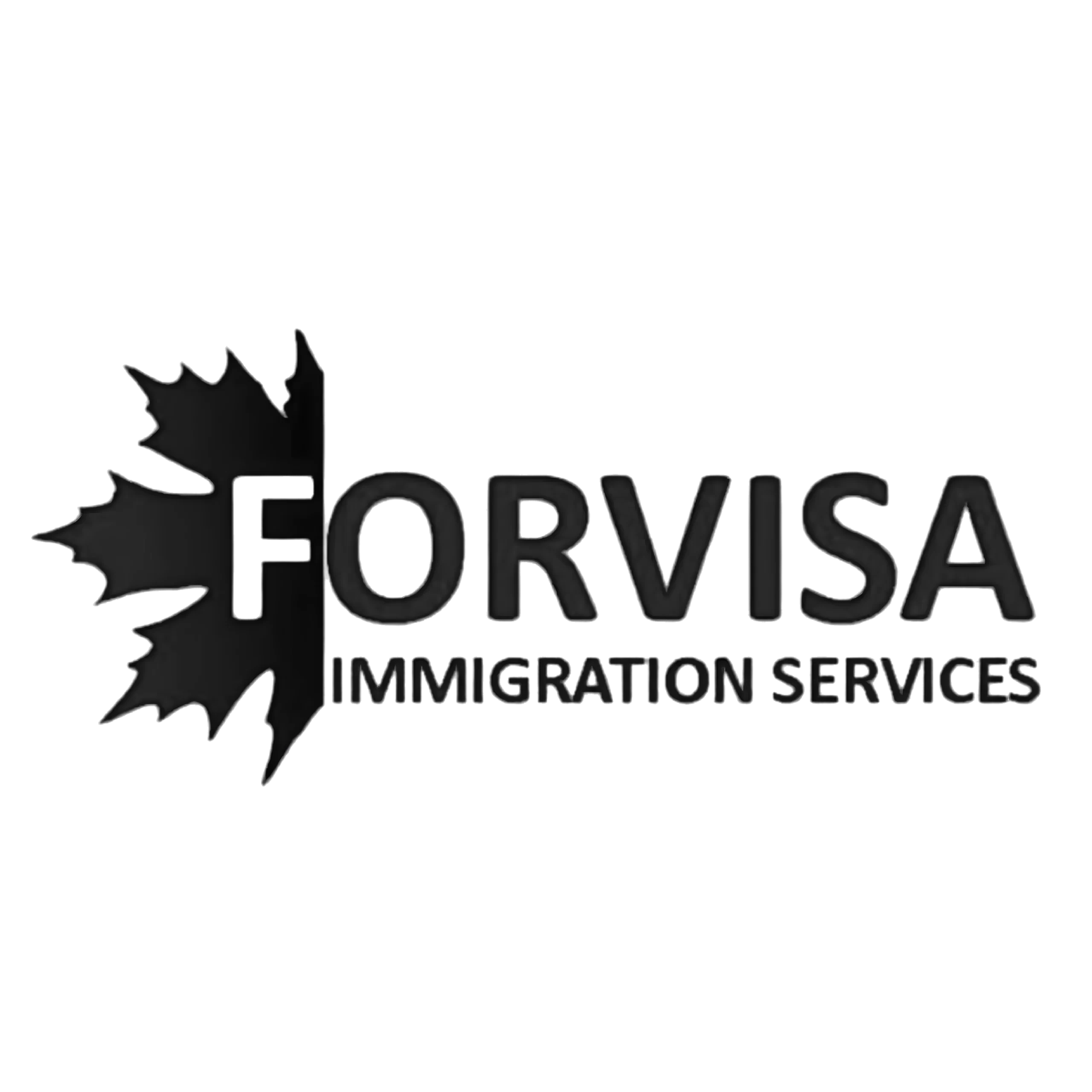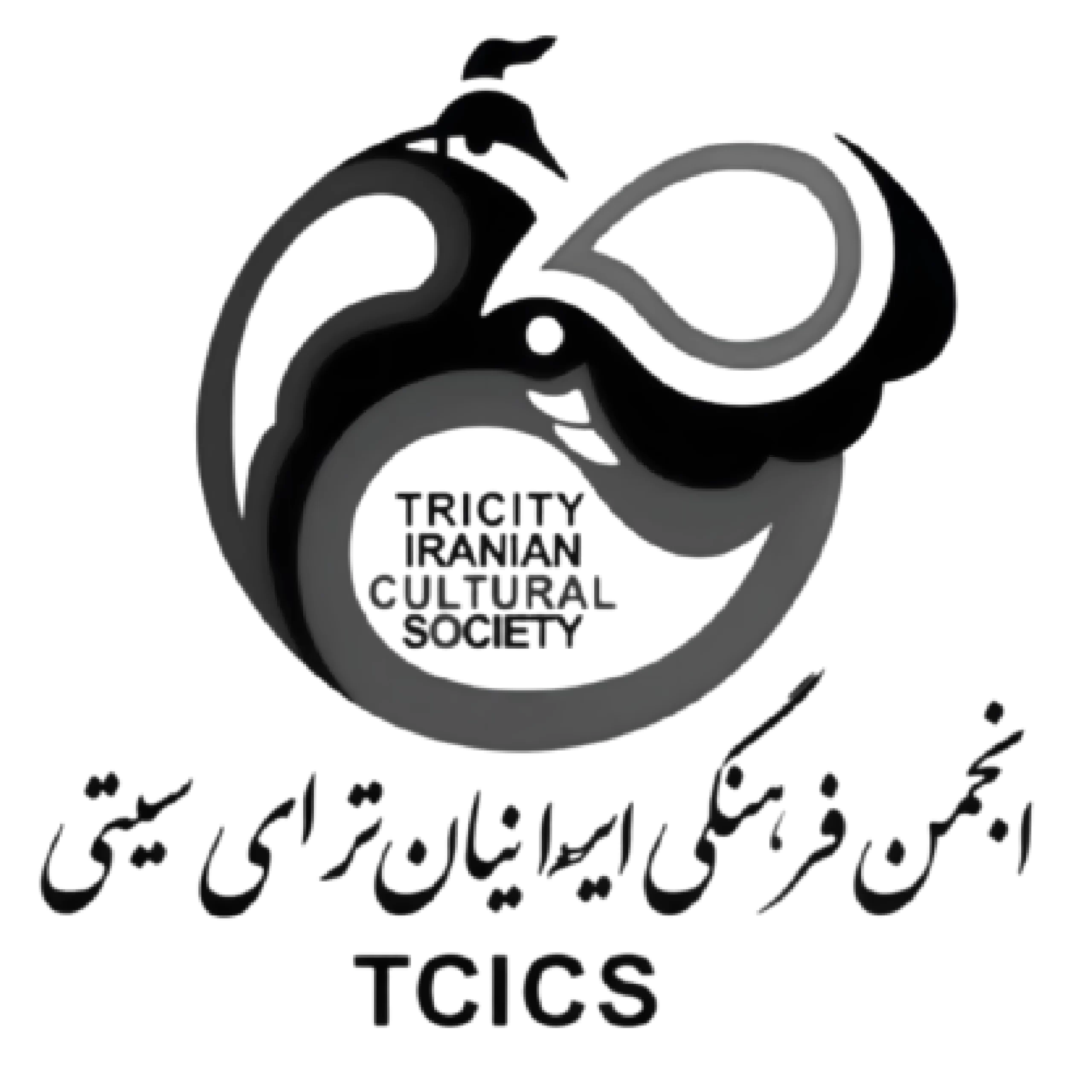In the realm of business operations, governance and risk management serve as critical components for ensuring stability, compliance, and sustainability. This comprehensive guide delves into the significance, strategies, and best practices of governance and risk management, emphasizing their pivotal roles in fostering resilience and success in today’s dynamic business landscape.
1. Understanding Governance and Risk Management:
Governance in Business:
– Governance refers to the framework of policies, procedures, and practices that guide and regulate the decision-making processes within an organization. It ensures accountability, transparency, and compliance with laws and regulations.
Risk Management:
– Risk management involves the identification, assessment, and mitigation of potential risks that may affect an organization’s objectives. It aims to minimize negative impacts and seize opportunities effectively.
2. Significance of Governance and Risk Management:
Maintaining Stability and Compliance:
– Effective governance establishes structures that maintain stability within an organization and ensure compliance with legal, ethical, and industry standards.
Protection Against Uncertainties:
– Risk management mitigates potential threats and uncertainties that could adversely impact business operations, finances, reputation, or strategic objectives.
Enhanced Decision-Making:
– Robust governance frameworks and risk management practices provide decision-makers with reliable information and insights to make informed and strategic choices.
3. Strategies for Effective Governance:
Clear Policies and Procedures:
– Establish and communicate clear policies, procedures, and guidelines to govern various aspects of the organization’s operations, including ethics, compliance, and risk mitigation.
Structured Decision-Making Processes:
– Implement structured decision-making processes that involve appropriate stakeholders, ensuring transparency, accountability, and adherence to established protocols.
Board Oversight and Accountability:
– Foster strong board oversight, with clearly defined roles and responsibilities to oversee and guide the organization’s strategic direction, risk management, and compliance efforts.
4. Best Practices in Risk Management:
Risk Identification and Assessment:
– Identify and assess potential risks across various areas, such as operational, financial, regulatory, and reputational, using tools like risk matrices or scenario analysis.
Risk Mitigation and Response Plans:
– Develop robust mitigation strategies and response plans to address identified risks, including contingency plans for potential crises or unforeseen events.
Continuous Monitoring and Evaluation:
– Continuously monitor the risk landscape, evaluate the effectiveness of risk management strategies, and adapt to evolving risks and market conditions.
5. Integration of Governance and Risk Management:
Alignment with Business Objectives:
– Ensure that governance and risk management efforts align with the organization’s overall strategic goals and objectives, facilitating smoother integration into business operations.
Communication and Training:
– Promote a culture of risk awareness and ethical governance throughout the organization by fostering open communication channels and providing training on risk-related matters.
Compliance and Regulatory Adherence:
– Stay abreast of regulatory changes and ensure compliance with relevant laws and industry standards, integrating them into governance and risk management frameworks.
Conclusion:
Governance and risk management serve as pillars of strength for businesses, providing the structure, resilience, and agility needed to navigate uncertainties and achieve sustainable growth.
By implementing effective governance practices, robust risk management strategies, and fostering a culture of compliance and accountability, organizations can build resilience and thrive in an ever-evolving and challenging business environment.







